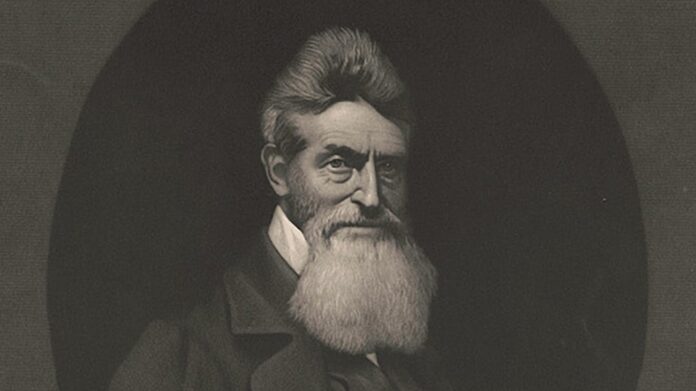Whether it’s because the National Park Service never has enough money to spend, or whether it chooses to spend it in the wrong places or for the wrong reasons is something that can be debated forever. John Brown John Brown John Brown John Brown
But at least at the Harper’s Ferry National Historic Park, which covers pretty much all of the town and sites from Jefferson Rock from the 1700s and the national armory in the 1800s, including the pre-Civil War assault on that armory by John Brown to Storer College, a post-civil war school of upper education for all races, but predominantly black, that closed in 1955, to say nothing of a railroad museum and more, there doesn’t appear to be great leadership in promoting the historic sites or having visitors enjoy an educational and memorable experience.
The highlight on much of the literature around town is how parking is at a premium, hard to find, with streets blocked off for residential parking only and a shuttle taking motorists from a Park parking lot by shuttle a relatively short distance to the beginning of the historic area and leaving you on your own to walk the ups and downs of a town built on the sides of a mountain. When a deer apparently went through the window of one of the park’s historic buildings sometime last week, and though the deer itself left a mass of blood on the floor but managed to escape, three days later the building was still not opened, nor any signs posted giving the reason for its closure.
On the good side, the Harpers Ferry Park Association, a non-profit partner of the national park, seems to offer a lot more help and friendliness for visitors and great support for preservation, hiking trails, group workshops, and historic demonstrations. The Association has one of the best shops in the entire town, loaded with books, photos, souvenirs of all kinds, and much more you can see on their website www.harpersferryhistory.org.
Still, the National Park Service in this particular park does not offer much for the couple or individual visitor on foot and not part of a crowd.
But the history is incredible and part of America. The city was once part of Virginia, and during the Civil War changed hands no fewer than eight times between North and Southern forces. John Brown John Brown
The emphasis in the town is on John Brown, the white evangelical Christian raised Puritan in his native Connecticut. His faith convinced him he was born to be an instrument of God and it was up to him to use violence to rid the South of slavery.
Raised as one of six children, he went on later in his life to marry three times and sire a total of 20 children. Because of his father’s work, Brown also lived in Ohio, ran a safe house for fugitives along the Underground Railroad and, along with one brother, was a forceful opponent of any slavery.
At one time he was a minister but was better known as a tanner and at one point was even a postmaster named by John Quincy Adams. He was also a banker, at another time was very wealthy, later illegally tried to hold onto property belonging to another, and bred horses and ran a farm.
It was the Bleeding Kansas years, when the country was divided on entering free and slave states to the Union, that Brown led a radical group of pacifists and killed five supporters of slavery and commandeered more forces in other battles before Harpers Ferry.
But it was at Harper’s Ferry that Brown felt he could liberate all the slaves in what was then Virginia simply by taking the federal armory under his control and inciting local slaves to join his mission.
That idea didn’t work both because of the federal forces that came in to preserve it was well trained and the sparse few local slaves who thought it was an idea worth joining. His plans included not only the federal armory but also the federal rifle factory and ultimately the town.
The federal forces that won that battle and preserved the federal property that led to Brown’s trial and conviction were led by then Lt. Colonel Robert E. Lee, the West Point graduate who two years later had to leave the United States to fight for his beloved South in the Civil War that was precipitated in large part by John Brown’s Raid and insurrection.
Seven people were killed in Brown’s raid, another ten or so injured and many others arrested by the Marines . Brown was tried in court for his treason and became the first American ever executed for treason against a state.
News of his assault on Virginia gained national news and escalated what ultimately became the South’s secession from the Union and the start of the Civil War.
The John Brown museum in the Park complex tells the story along with outstanding videos, many artifacts and memorabilia inside three rooms of displays and audio, another part of the Park’s several buildings including the firehouse the Marines had to batter down the doors to quell the raid. Not only did few local slaves join Brown in his insurrection, but some were taken hostage by him and died in the raid. History depicts Brown both as a heroic martyr as well as a madman and terrorist. But it is American history.




